The FAA just said it will now spend over $100M at US Airports to prevent the “near disaster” (their words, not ours) that occurred at HNL earlier this year or worse. According to the agency, it will “reconfigure taxiways that may cause confusion, install airfield lighting or construct new taxiways to provide more flexibility on the airfield.”
This comes following the Honolulu incident, after which the FAA announced then held a safety summit to assess multiple incidents, more than one of which took place in Hawaii. That brought together airlines, flight and ground crews, air traffic control, and others.
Then why Isn’t Honolulu Airport included in airport remediation?
Interestingly, while the problem that occurred here no doubt in part helped spur the sudden investment to prevent incursions, no money will be spent in Hawaii. Perhaps the FAA feels that the problem was outside the scope of what this project seeks to fix or that there isn’t enough money to go further. Who knows. We look forward to hearing from your airline folks who may well have more insights.
A runway incursion happens with the incorrect presence of an aircraft, vehicle, or person in the protected area designated for the landing and take-off of aircraft.
Some airfields have complex layouts that can create confusion for pilots and other airport users. This funding will reconfigure complex taxiway and runway intersections to help prevent incursions and enhance the safety of the National Airspace System. – FAA Assoc. Admin. Shannetta Griffin, P.E.
In announcing the awards, FAA said that “funding is going to key projects.” Airports included at this time are several that feature Hawaii flights, such as Las Vegas, San Diego, and San Jose. Also, Bellingham, East Farmingdale, Kansas City, Miami, Pensacola, Prescott, Tucson, Springfield, and Waverly.
Two near-disaster precipitating issues occurred on Hawaii flights.
First, United Airlines was involved in a near-miss at Honolulu Airport, which was previously unreported until brought to the public’s attention by the FAA at the same time as the industry safety summit was announced. The FAA has undertaken an investigation into the problem that occurred in January. That was one of three near-catastrophe incidents, including ones in New York and Texas.
UAL Honolulu runway incident lead to NTSB investigation.


The NTSB is investigating a January incident wherein a United Airlines Boeing 777 jet crossed the active runway at HNL when a Kamaka Air Cessna 208B Grand Caragan cargo plane was then landing on the same runway.
NTSB’s Peter Knudson said that the runway incursion at HNL posed a “significant risk of a catastrophic outcome.” That was the case with the two other incidents.
NTSB is still investigating the Maui flight that nearly crashed Into the Pacific Ocean.
NTSB is also investigating a UAL 777 which recently came within 750′ of hitting the Pacific Ocean after takeoff from Maui. That was reported to have left passengers screaming as it came with seconds of impact.
The FAA previously investigated the incident but didn’t provide any reporting thereon. Full details of that incident will hopefully soon come to light. Thus far, NTSB has only released a scant and inconclusive preliminary report, with the final authoritative one still pending.
It has been speculated on airline forums that the problem may have been related to the deployment and retraction of the flaps. In addition, it has been mentioned that while the crew was very qualified, they may not have been on 777 aircraft. Also, the first officer was allegedly new at United, and many have arrived there from Hawaiian Airlines. Further, following such an extreme incident, there are questions about whether or not the plane should have flown five more hours to the west coast before the next inspection. Hopefully, that will all be clarified soon in the upcoming NTSB report.
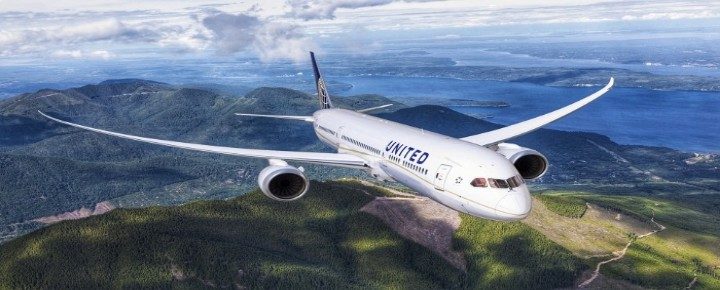

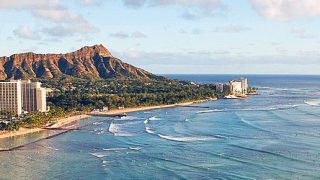
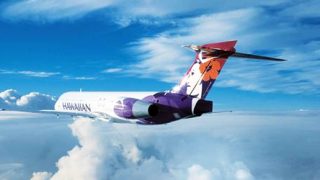
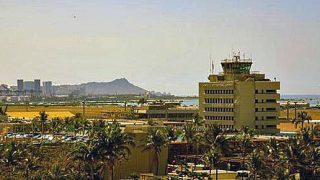
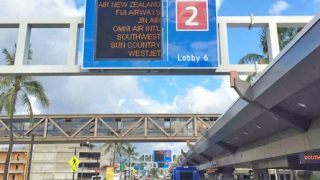
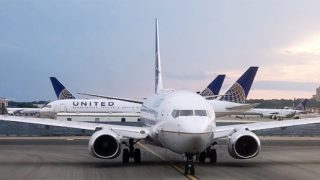
Just want to say that I was a flight attendant with United for 30 years and I Love reading all these airplane & airline articles. Thank you!
Hi Heidi.
Thanks. We’re honored to have you on BOH.
Aloha.
The 777 That almost crashed into the ocean was caused by the inexperienced First officer at the controls. Not mechanical. From sources at United. It was caused by spatial disorientation. Hand flying the aircraft at night and not paying attention to the instruments. Plain and simple. Very low standards at all the major airlines now due to pilot shortages.
Ok, Thanks.
Wind shear causes a plane to lose altitude all of a sudden but they already know know if there was any or not.Right?
“Also, the first officer was allegedly new at United, and many have arrived there from Hawaiian Airlines.” Good thing they went to United…
Yeah, couldn’t be the fact that new first officers at United are the least qualified, and have traits that they were hired for based on race, sex, religious disposition and other meaningless things the rest of the entire pilot pool in the world could care less about when gaging whether you can fly the plane or not. Dont believe me? Look up their damaged HR employee quotes online. Or just the research Scott Kirby’s recent quotes on the matter of hiring. There will definitely be more of this in the news. Trust me.
Because of DEI, I now get to babysit rookie pilots who 15 yrs ago would be in a little 50 seat jet learning the ropes, they are now in a widebody and would be basically useless in an emergency.